Are you curious about the latest technological trends in healthcare? The industry has rapidly evolved, and significant healthcare is delivered with technology. With artificial intelligence (AI), machine learning, and other advanced technologies, healthcare providers can offer patients more personalized, efficient, and effective care.
One of the most significant technological trends in healthcare is AI. AI can help healthcare providers analyze vast amounts of data to identify patterns and trends, enabling them to make better-informed decisions about patient care. Additionally, AI-powered chatbots and virtual assistants can help patients manage their health more effectively, providing personalized advice and support. Another trend is wearable devices, which can track patient data in real-time and offer healthcare providers valuable insights into their patient’s health and well-being.

The healthcare industry constantly evolves, and technology is increasingly essential in transforming its delivery. By embracing these technological trends, healthcare providers can offer patients more personalized, efficient, and effective care.
The Impact of AI and Digital Transformation
Healthcare is undergoing a significant transformation, and artificial intelligence (AI) and digital technologies play an essential role. These technologies are helping healthcare providers to improve patient outcomes, reduce costs, and increase efficiency.
AI in Healthcare
AI is transforming healthcare by enabling providers to use data to make informed decisions. AI algorithms can analyze vast amounts of data, including medical records, lab results, and imaging data, to help healthcare providers diagnose diseases, predict outcomes, and develop treatment plans.
AI is also being used to develop new drugs and therapies. Machine learning algorithms can analyze large datasets to identify new drug targets and predict the efficacy of new treatments.
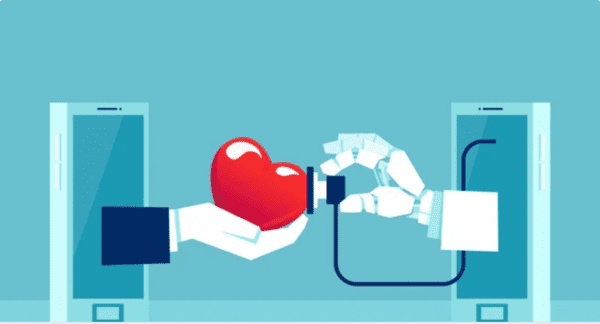
Predictive Analytics and Data Security
Predictive analytics is another important application of AI in healthcare. Predictive analytics algorithms can analyze patient data to identify patients at risk of developing certain conditions. This allows healthcare providers to intervene early and prevent the development of these conditions.
Data security is also an essential consideration in healthcare. Providers must ensure patient data is secure and protected from unauthorized access. Cloud-based solutions can help providers store and manage patient data securely and efficiently.
Cloud Computing in Healthcare

Cloud computing is becoming increasingly important in healthcare. Cloud-based solutions can help healthcare providers store and manage patient data securely and efficiently. They can also help providers collaborate, share information more efficiently, and improve patient outcomes.
Cloud adoption in healthcare is expected to increase in the coming years. According to a Deloitte report, 37% of healthcare providers currently use cloud-based solutions, and this number is expected to rise to 63% by 2022.
In conclusion, AI and digital technologies are transforming healthcare by enabling providers to use data to make informed decisions, predict outcomes, and develop new treatments. Predictive analytics and cloud-based solutions also significantly improve patient outcomes and reduce costs. As healthcare providers continue to adopt these technologies, we expect to see further improvements in patient outcomes and healthcare efficiency.
Telehealth and Remote Patient Care
As technology advances, telehealth and remote patient care have become increasingly popular patient options. These options allow patients to receive medical care without leaving their homes, which can be especially beneficial for those who live far from medical facilities or have mobility issues.
Expansion of Telemedicine

Telemedicine, which includes virtual visits with healthcare providers, has seen a significant increase in usage in recent years. According to a report, in 2020, 46% of patients reported using telehealth for some visits, compared to just 11% in 2019. The American Telemedicine Association (ATA) is working diligently to advance telehealth and ensure access to safe, affordable, and appropriate care.
Telemedicine has many benefits for both patients and healthcare providers. Patients can receive medical care from the comfort of their homes, saving time and money. Healthcare providers can also benefit from telemedicine, seeing more patients in less time and reducing the risk of exposure to infectious diseases.
Wearable Devices and Monitoring
Wearable devices and remote patient monitoring have become increasingly popular in recent years. These devices allow patients to monitor their health in real time and alert their healthcare providers if there are any issues.
Wearable devices can track various health metrics, including heart rate, blood pressure, and sleep patterns. Healthcare providers can use this information to monitor patients remotely and make informed decisions about their care.
Remote monitoring can also benefit patients with chronic conditions like diabetes or heart disease. These patients can use remote monitoring devices to track their health and alert their healthcare providers if any changes occur.
Telehealth and remote patient care have become increasingly popular for patients and healthcare providers. These options allow patients to receive medical care from the comfort of their own homes, which can save time and money. Wearable devices and remote patient monitoring can also benefit patients with chronic conditions. As technology advances, we expect to see even more innovations in telehealth and remote patient care.

Innovation in Patient Treatment and Engagement
As healthcare continues to evolve, innovation in patient treatment and engagement has become a key focus for many healthcare providers. Here are some of the technological trends that are revolutionizing the way patients receive care.
Personalized Medicine and Genomics
Personalized medicine is a rapidly growing field that tailors treatment to an individual’s unique genetic makeup. With the help of genomic sequencing, doctors can identify genetic mutations causing a patient’s illness and develop a personalized treatment plan that considers the patient’s genetic profile. This approach can improve patient outcomes and reduce healthcare costs by avoiding unnecessary treatments and procedures.
Virtual Reality and Rehabilitation
Virtual reality (VR) enhances rehabilitation for patients suffering from injuries or illnesses. By immersing patients in a virtual environment, therapists can create a more engaging and interactive rehabilitation experience to help patients recover faster. VR is also being used to treat mental health conditions such as anxiety and PTSD.
Patient-Centered Care Models
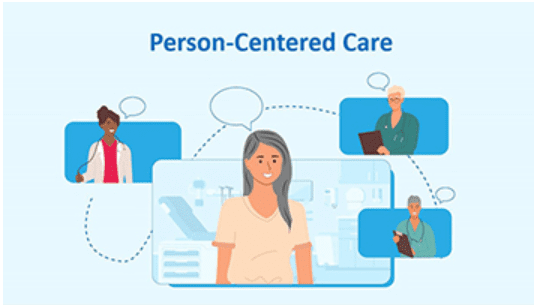
Patient-centred care models are designed to put patients at the centre of their healthcare experience. This approach emphasizes the importance of patient engagement and empowers patients to take an active role in their care. Patient-centred care models can improve patient outcomes, increase patient satisfaction, and reduce healthcare costs by avoiding unnecessary treatments and procedures.
Patient treatment and engagement innovation are transforming the healthcare industry. By embracing personalized medicine, virtual reality, and patient-centred care models, healthcare providers can improve patient outcomes and reduce healthcare costs.
Operational Advancements in Healthcare Facilities
As technology advances, healthcare organizations are finding new ways to improve facility operational efficiencies. Two key technologies driving these advancements are Digital Twins and IoT. Healthcare organizations can improve labour productivity and reduce costs by implementing these technologies.
Improving Labor Productivity
One of the biggest challenges facing healthcare facilities is managing labour productivity. Technology can help healthcare organizations optimize staffing levels and improve employee performance. Digital Twins, for example, can create a virtual replica of a healthcare facility, allowing administrators to test different staffing scenarios and identify areas for improvement. This technology can also monitor employee performance, identifying areas where additional training may be needed.
Digital Twins and IoT
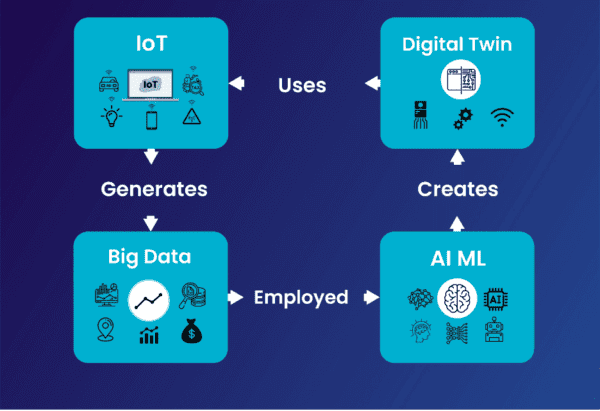
Digital Twins and IoT are also being used to improve operational efficiencies in healthcare facilities. IoT sensors and devices can collect data on everything from patient care to equipment performance. This data can then be analyzed using Digital Twins, allowing administrators to identify areas for improvement.
For example, IoT sensors can monitor a healthcare facility’s temperature and humidity levels. Administrators can be alerted if these levels fall outside a specified range, allowing them to take corrective action before patient care is impacted. Similarly, Digital Twins can simulate different scenarios, such as a power outage or equipment failure, allowing administrators to identify areas where additional redundancies may be needed.
Overall, using Digital Twins and IoT is helping healthcare organizations improve operational efficiencies and reduce costs. By optimizing labour productivity and improving equipment performance, healthcare facilities can provide better patient care while reducing their bottom line.
Challenges and Opportunities in Global Healthcare
The healthcare industry is rapidly transforming, driven by technological advancements and increasing demand for quality healthcare services. This section will explore some significant challenges and opportunities facing global healthcare today.
Managing Chronic Diseases and Aging Population
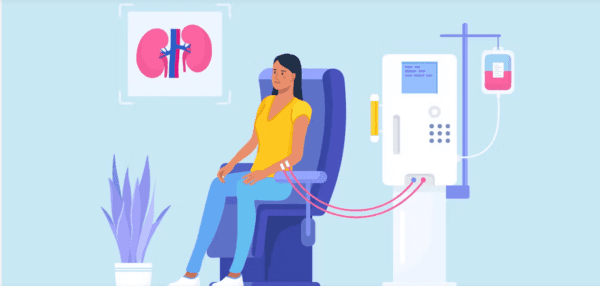
As the world’s population continues to age, the number of people suffering from chronic diseases is on the rise. Chronic diseases such as diabetes, cancer, and heart disease are responsible for a significant proportion of the global disease burden. According to the World Health Organization, chronic diseases account for 60% of all deaths worldwide.
To address this challenge, healthcare organizations are using technology to help manage chronic diseases. For example, wearable devices and mobile apps can monitor patients’ vital signs and track their progress. This data can then be used to provide personalized treatment plans and improve outcomes.
Health Equity and Access
Access to quality healthcare is a fundamental human right, yet millions worldwide still lack access to essential healthcare services. Health equity ensures everyone has the same opportunities to achieve good health, regardless of race, ethnicity, or socioeconomic status.
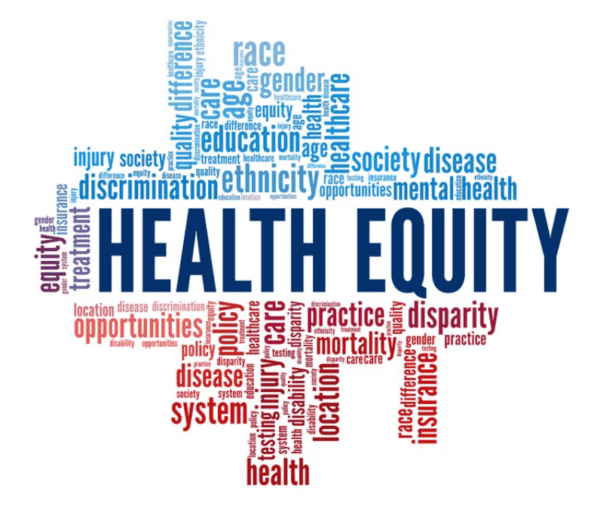
Technology can potentially improve health equity by making healthcare more accessible and affordable. For example, telemedicine and mobile health clinics can reach patients in remote areas who might otherwise not have access to healthcare services. In addition, digital health platforms can provide patients with information about their health and connect them with healthcare providers.
In conclusion, the healthcare industry faces several challenges, including managing chronic diseases and ensuring health equity and access. However, technology can help address these challenges and make healthcare accessible and affordable.
